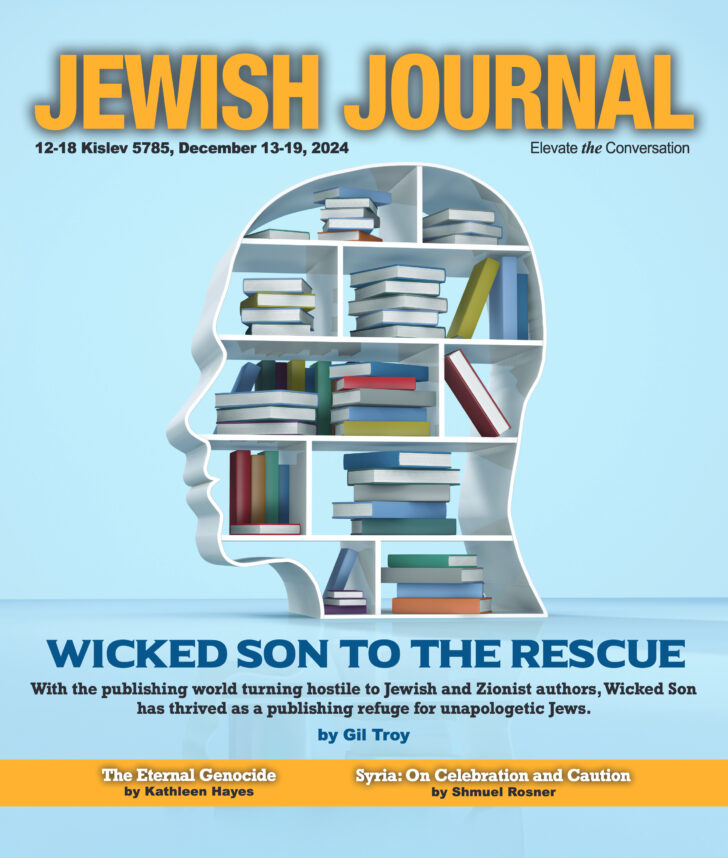Some 700 years after the Inquisition was established by the Roman Catholic Church, Pope John Paul II decreed in 1998 that its massive secret archives be opened for scholarly research.
The announcement piqued the immediate interest of independent, Seattle-based filmmaker David Rabinovitch, and he started the long, torturous road of recreating the history of the Holy Office of the Inquisition, from its beginning in the early 13th century to its final gasps in the late 19th century. The result is the four-hour miniseries, “Secret Files of the Inquisition,” which PBS stations will air May 9 and 16, from 9 p.m. to 11 p.m.
Filmed mainly at the medieval castles, cathedrals and villages of Spain, “Secret Files” presents a broad panorama — both visually and historically — of its subject.
One of the first calls Rabinovitch made after conceiving the idea of the docudrama was to an old friend and high Catholic dignitary in San Francisco. How would Catholics in general, and the Vatican in particular, feel about the grandson of Russian Jewish immigrants making a probing film about the church’s questionable past, asked Rabinovitch.
“I know your ability and your integrity,” answered the dignitary. “Go for it.”
It is commonly assumed that Jews were the chief target of the church’s single-minded quest for theological uniformity and purity, but that was generally not the case. The first victims were Catholic dissidents, such as the Cathars of southern France, whose fate is chronicled in the first of the film’s four chapters, titled, “Root Out Heretics.”
The itinerant preachers of Catharism, known as “The Good Men,” believed that man had a direct relationship to God and did not need the intercession of priests and popes to achieve salvation. Dominican friars, charged by Pope Gregory IX with rooting out this heresy, did their job well, including the imprisonment of the entire population of Montaillou, the last stronghold of the Cathars.
In “The Tears of Spain,” the second segment, Rabinovitch retraces the more familiar story of the brutal Spanish Inquisition, which introduced such refinements as the auto-da-fe (act of faith), the public burning of heretics at the stake.
The chief targets were not Jewish “infidels” but “conversos,” who had nominally converted to Christianity but secretly retained their Jewish faith. The Spanish Inquisition climaxed — but did not end — with Inquisitor Tomas de Torquemada’s own final solution, the expulsion of all Jews from Spain in 1492.
In “The War of Ideas,” the story moves to the 16th century, when, with the arrival of the Renaissance, printing press and Lutheranism, the decadent papal court faced a new set of ideological problems. Despite these preoccupations, the fanatical Pope Paul IV found time to withdraw the papal bulls issued by his predecessors to protect the Jews of Venice and Rome.
He confined them in crowded ghettos, forced them to wear yellow conical hats and burned the Talmud.
The lingering “End of the Inquisition” came with Napoleon’s conquest of Europe. By 1809, the French emperor had largely emasculated the pope’s temporal power.
After Napoleon’s defeat, the Inquisition made a short-lived comeback. One of its last gasps was the notorious case of Edgardo Mortara, a Jewish boy in Bologna, kidnapped and hidden by church authorities because he had been “baptized” as an infant by his Catholic nursemaid.
Rabinovitch, who has won numerous Peabody and Emmy awards, spent some three years on the wide-ranging, richly textured project, and employed 40 actors with principal roles and 600 extras — all on a budget of under $3 million.
The film combines lengthy extracts from the Inquisition files of some 85,000 minutely recorded trials and dramatic reenactments of incidents, with analyses by experts; impressive high-definition photography; music; and narration by actor Colm Feore.
One of the talking heads is the Rev. Joseph A. Di Noia, a New York-born, high-ranking theologian at the Vatican, who functions as a kind of defense attorney for the church.
Unfortunately, from a dramatic point of view, he is a pale figure, repeating again and again that the Inquisition’s viewpoint and methods must be judged in the context of their time.
That’s a valid point, but it is delivered with little emphasis and conviction.
For more information or to order a DVD of the film, go to www.inquisitionproductions.com.
::::::::::::::::::::::::::::
One minute at the Inquistion Museum in Lima, Peru.
Click the BIG ARROW.






















 More news and opinions than at a Shabbat dinner, right in your inbox.
More news and opinions than at a Shabbat dinner, right in your inbox.